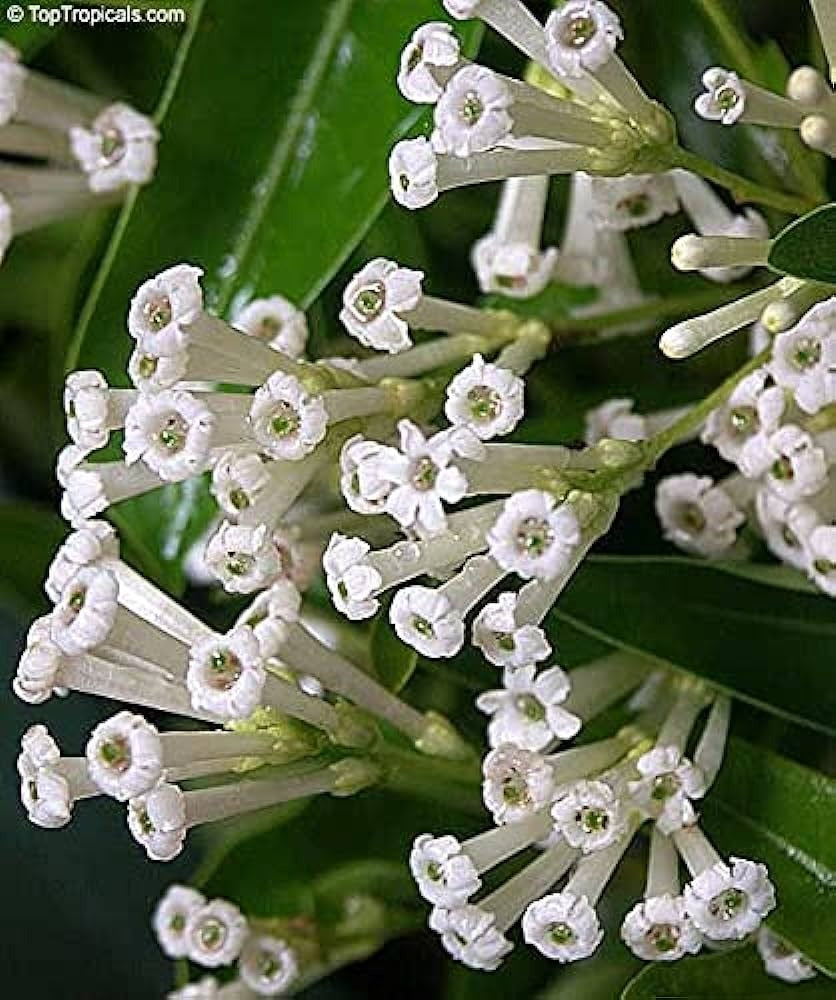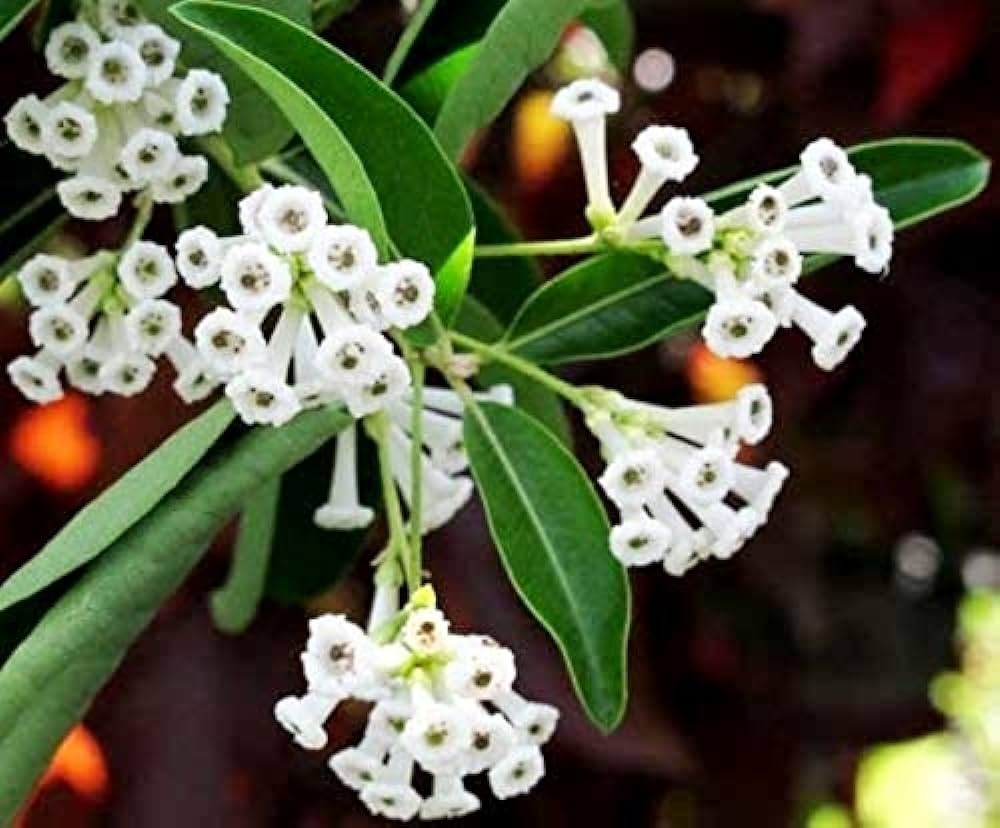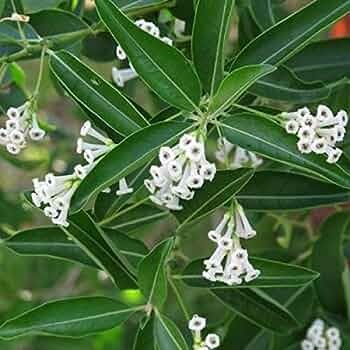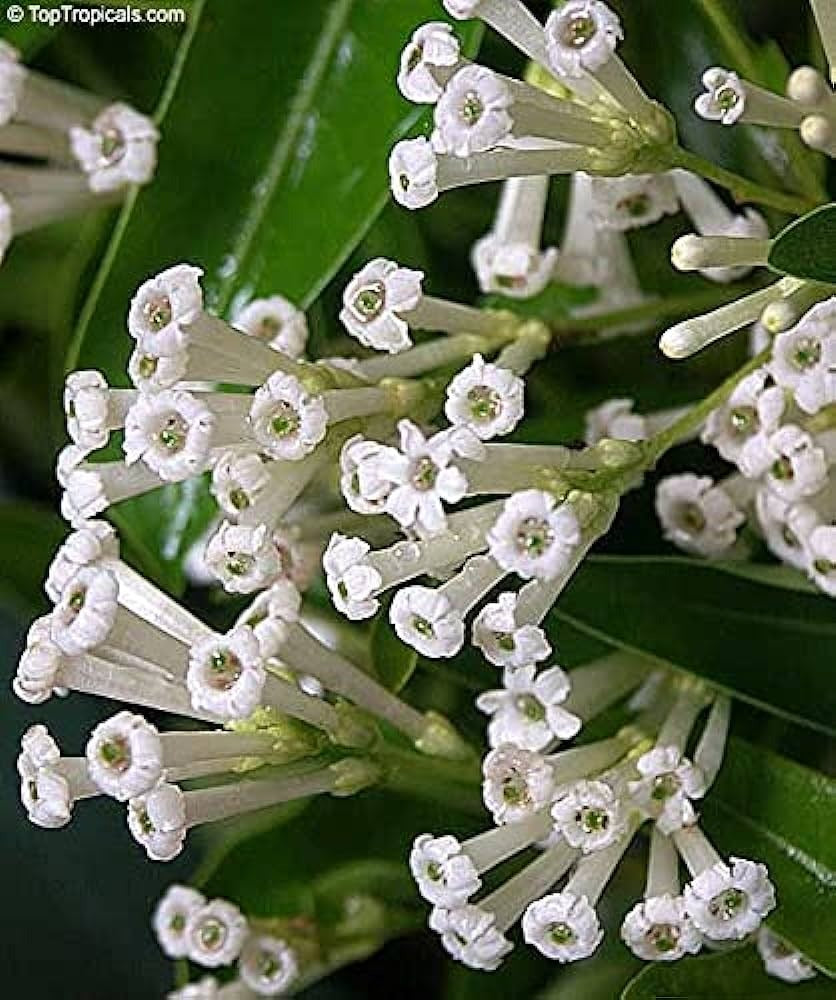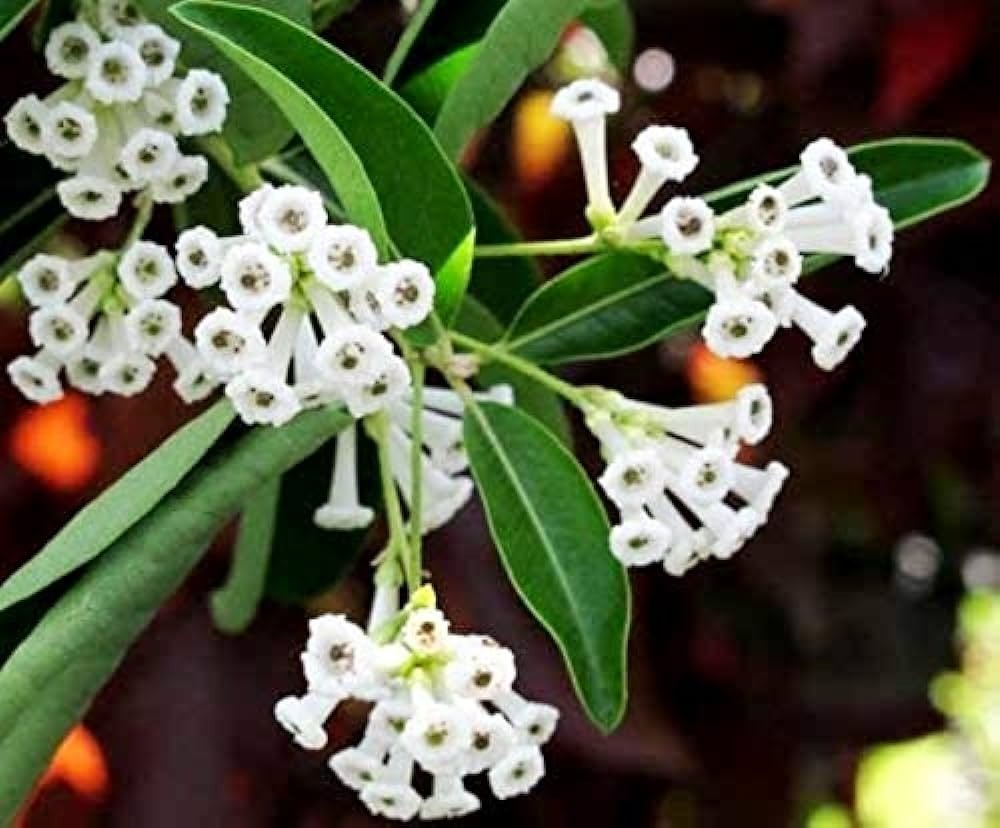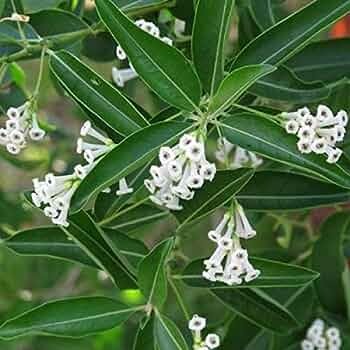Plantparadise
Din ka Raja (Day blooming Jasmine Flower Plant)
Din ka Raja (Day blooming Jasmine Flower Plant)
Regular price
Rs. 399.00
Regular price
Rs. 599.00
Sale price
Rs. 399.00
Unit price
per
Couldn't load pickup availability
Day-blooming jasmine, also known as Cestrum diurnum or Day Jessamine, is a fragrant and beautiful flowering plant known for its lovely white or pale yellow blossoms and their sweet, intoxicating scent. Here's a description of the day-blooming jasmine plant:
- Botanical Name: Cestrum diurnum
- Common Names: Day-blooming jasmine, Day Jessamine, and Din ka Raja (in some regions).
- Family: Solanaceae
Key Characteristics:
- Day-blooming jasmine is an evergreen shrub or small tree, typically growing up to 6-10 feet (2-3 meters) in height, but it can sometimes grow taller.
- The leaves are glossy, lance-shaped, and dark green, and they are arranged alternately on the branches.
- The most striking feature of this plant is its fragrant flowers. The blossoms are tubular, around 1 inch (2.5 cm) in length, and typically white or pale yellow in color.
- The fragrance of day-blooming jasmine is often described as sweet and exotic, filling the air with a delightful scent, especially in the evening and nighttime.
- This plant primarily blooms during the day, unlike its close relative, the night-blooming jasmine (Cestrum nocturnum), which is famous for its nighttime fragrance.
- Day-blooming jasmine is typically cultivated as an ornamental plant for its beautiful flowers and delightful aroma.
Cultivation and Care:
- Day-blooming jasmine is native to South and Central America but can be grown in many tropical and subtropical regions around the world.
- It thrives in full sun or partial shade, and it prefers well-draining soil.
- Regular watering is necessary to keep the soil consistently moist but not waterlogged.
- Pruning can help maintain its shape and size, and it can be propagated from cuttings.
- Fertilize the plant with a balanced, slow-release fertilizer to promote healthy growth and flowering.
- Pests and diseases are generally not a significant concern, but keep an eye out for aphids or mealybugs, which can occasionally infest the plant.
Uses:
- Day-blooming jasmine is mainly cultivated for its ornamental value. Its fragrant flowers make it a popular choice for gardens, patios, and balconies, as well as for creating natural hedges.
- The fragrant flowers can also be used to make floral arrangements or as a cut flower in vases.
- The plant's aroma is believed to have soothing properties and is sometimes used in traditional herbal medicine.
Note that while day-blooming jasmine is a beautiful and fragrant addition to gardens and landscapes, some parts of the plant can be toxic if ingested, so it's essential to be cautious if you have children or pets around.
Materials
Materials
Shipping & Returns
Shipping & Returns
Dimensions
Dimensions
Care Instructions
Care Instructions
